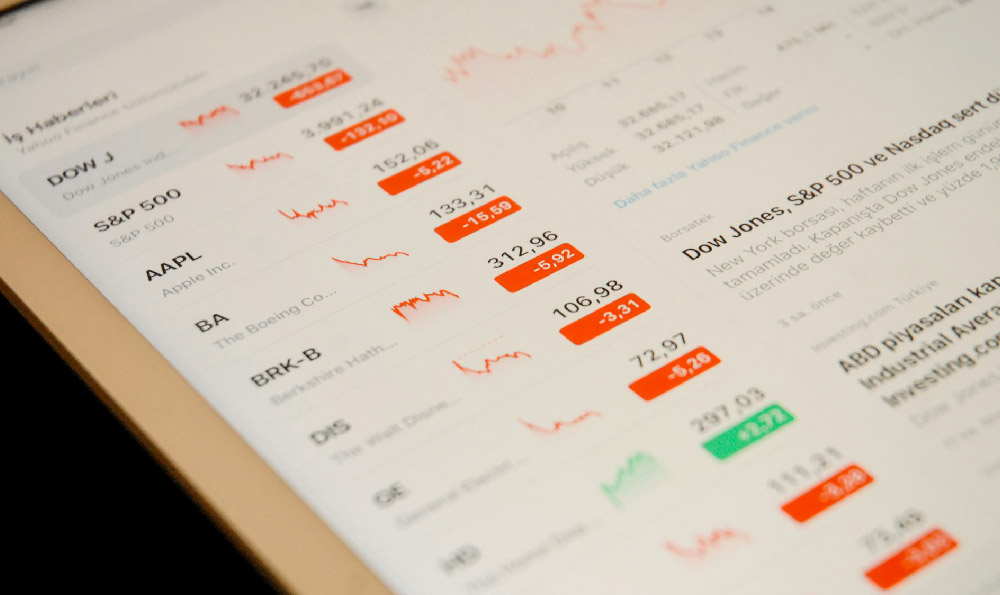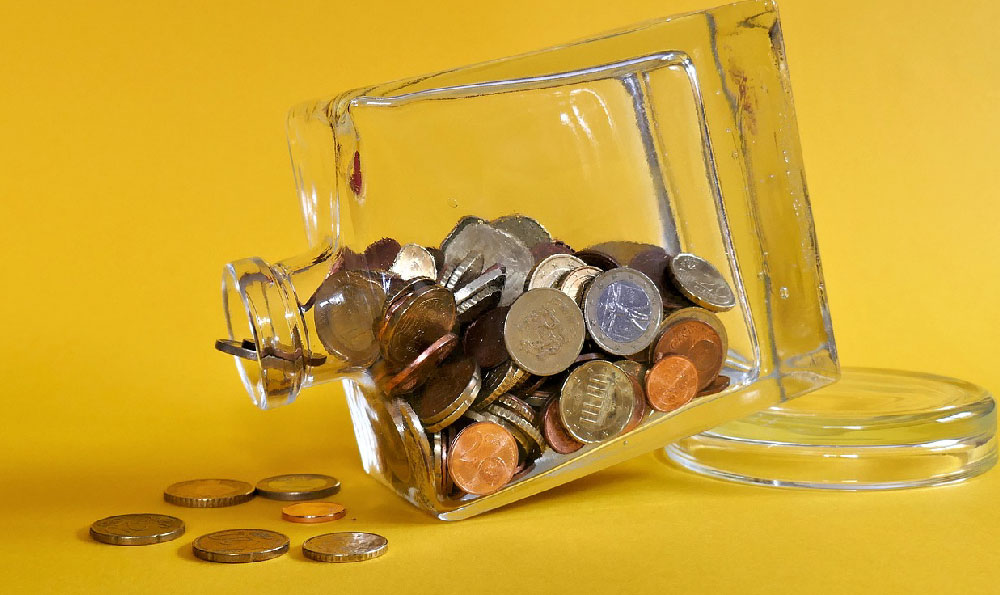Monetizing your YouTube videos is a compelling goal for many content creators, but it's crucial to understand the process and its realities. The platform offers a pathway to generating income from your content, but success requires dedication, strategic planning, and a clear understanding of the monetization options and requirements. Let's delve into the different methods available and address the fundamental question: can you really make money on YouTube?
The primary and most widely recognized avenue for monetization on YouTube is through the YouTube Partner Program (YPP). Joining this program unlocks the ability to display advertisements on your videos. To be eligible for the YPP, you must meet specific criteria, which currently include having at least 1,000 subscribers and accumulating 4,000 valid watch hours in the past 12 months. YouTube also scrutinizes your channel to ensure it adheres to their monetization policies, including guidelines on ad-friendly content, copyright, and community standards. These policies are designed to protect viewers, advertisers, and the platform itself, and violations can lead to demonetization or even channel termination.
Once accepted into the YPP, you can enable monetization on individual videos or across your entire channel. YouTube offers various ad formats, including display ads, overlay ads, skippable video ads, non-skippable video ads, bumper ads, and sponsored cards. The revenue you earn from these ads is based on several factors, primarily the Cost Per Mille (CPM) and the Revenue Per Mille (RPM). CPM represents the cost advertisers pay for 1,000 ad impressions, while RPM reflects the revenue you earn for every 1,000 views on your monetized videos. These metrics fluctuate based on factors like audience demographics, content niche, ad relevance, and seasonality. For example, videos targeting a high-value demographic with content relevant to expensive products or services tend to generate higher CPMs. Similarly, advertising rates generally increase during the holiday season.


Beyond advertising, YouTube provides several other monetization features within the YPP. Channel Memberships allow viewers to support your channel directly by paying a recurring monthly fee in exchange for exclusive perks, such as custom badges, emojis, and access to members-only content. Super Chat and Super Stickers enable viewers to highlight their messages in live streams by paying a fee, ensuring their comments are prominently displayed. Merchandise Shelf allows you to showcase your official branded merchandise directly below your videos, providing a convenient way for fans to purchase your products. YouTube Premium revenue shares a portion of the subscription fees paid by YouTube Premium members with creators whose content they watch. This provides an alternative revenue stream, even for videos that are not explicitly monetized with ads.
Furthermore, external avenues for monetization exist independently of the YPP. Affiliate marketing involves promoting products or services in your videos and including affiliate links in the video description. When viewers click on these links and make a purchase, you earn a commission. This method can be particularly lucrative if you promote products that align with your content and resonate with your audience. Sponsorships and brand deals involve partnering with companies to promote their products or services in your videos. This can take various forms, such as dedicated product reviews, integrated mentions, or sponsored segments. Securing sponsorships often requires a significant audience and a strong track record of engagement. Crowdfunding platforms like Patreon allow you to solicit ongoing support from your audience in exchange for exclusive content, behind-the-scenes access, or other rewards. This can provide a stable and predictable income stream for creators who cultivate a loyal fanbase.
Now, addressing the core question: can you really make money on YouTube? The answer is a resounding yes, but with significant caveats. While some YouTubers have achieved phenomenal financial success, the vast majority earn relatively modest incomes. Building a successful and profitable YouTube channel requires a substantial investment of time, effort, and resources. You need to consistently create high-quality, engaging content that resonates with your target audience. You need to optimize your videos for search and discovery, utilizing relevant keywords, compelling titles, and attractive thumbnails. You need to actively promote your channel and videos across other social media platforms. And you need to engage with your audience, responding to comments, building a community, and fostering loyalty.
Moreover, the YouTube landscape is constantly evolving. Algorithm changes can significantly impact video visibility and channel growth. Competition for viewers' attention is fierce. Monetization policies can change, impacting revenue streams. Staying abreast of these changes and adapting your strategy accordingly is crucial for long-term success.
Ultimately, earning a sustainable income on YouTube requires a combination of factors, including a compelling niche, high-quality content, effective marketing, audience engagement, and a willingness to adapt and learn. It's not a get-rich-quick scheme, but rather a long-term endeavor that demands dedication, persistence, and a strategic approach. While the potential for financial reward is real, it's essential to approach YouTube monetization with realistic expectations and a commitment to creating value for your audience. It is a marathon, not a sprint, and the creators who are passionate about their content and dedicated to their audience are the ones most likely to succeed.












